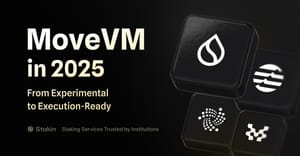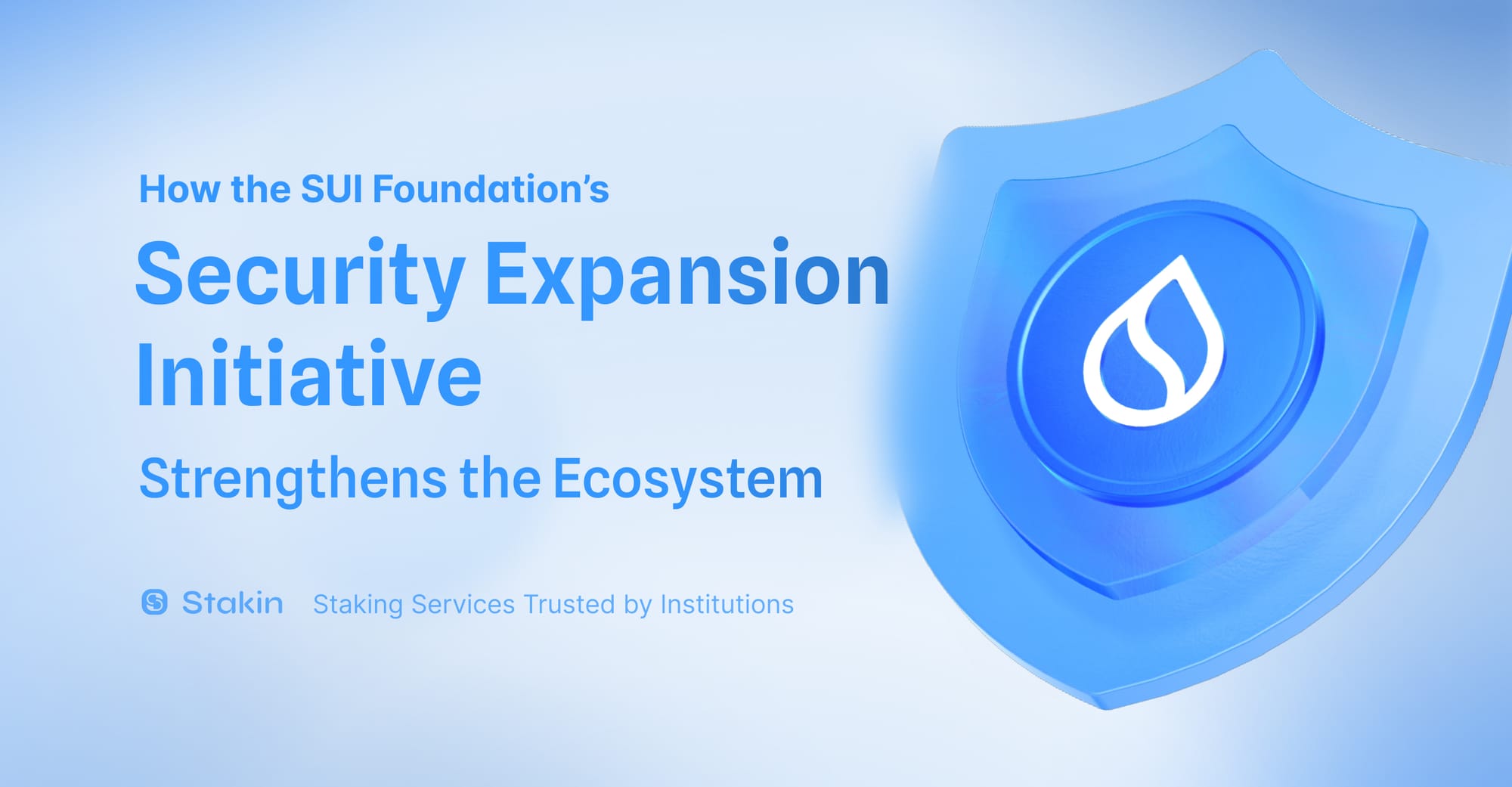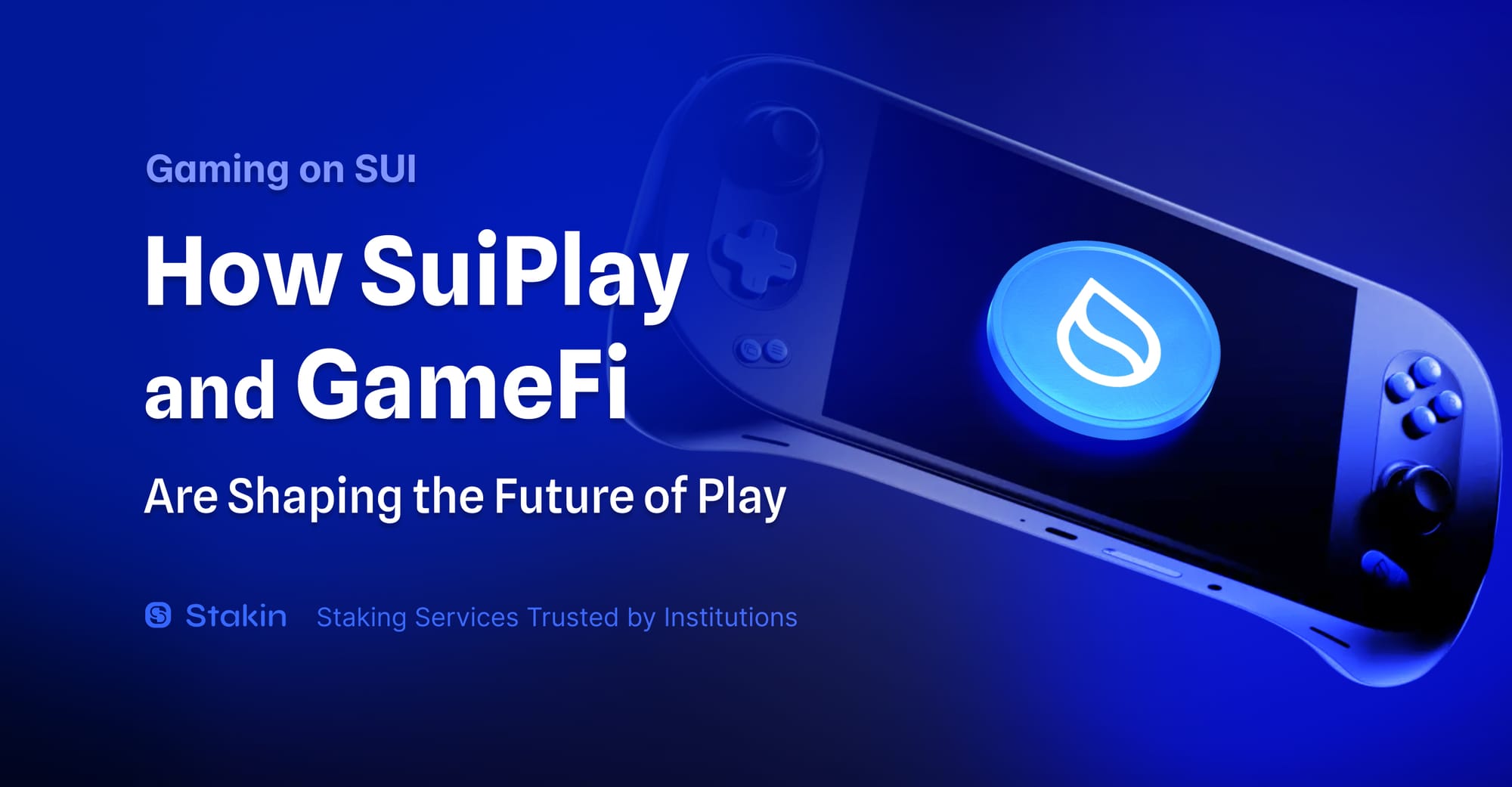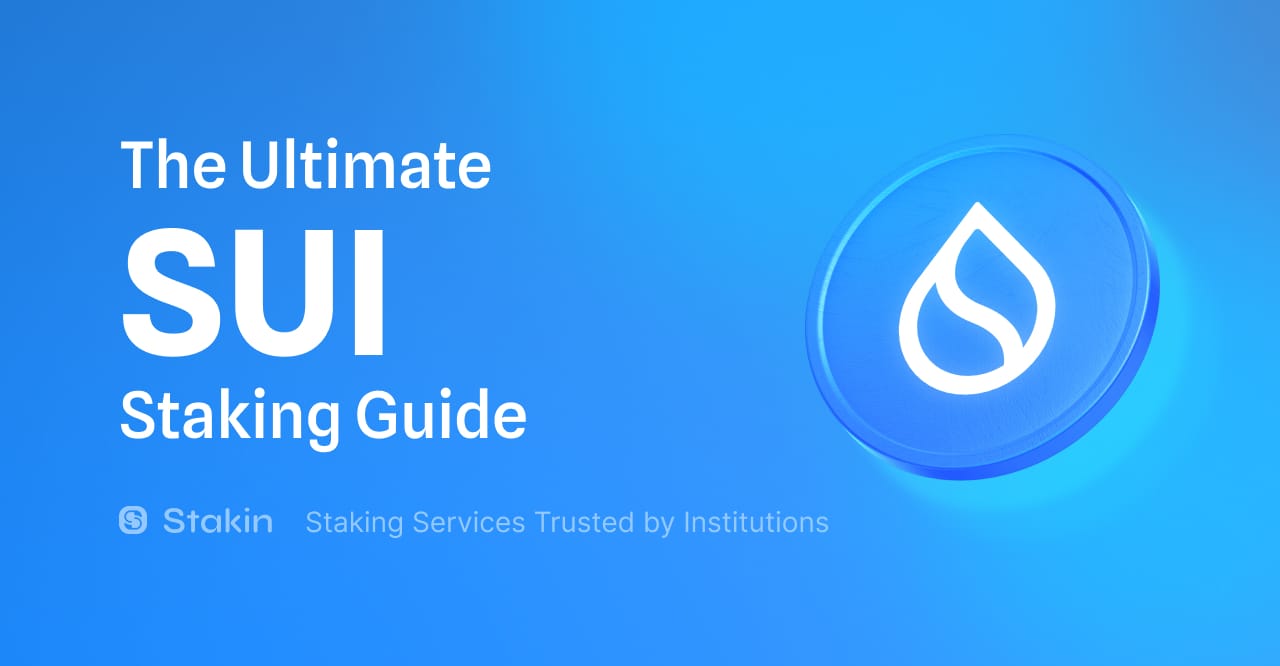2025 represents a pivotal year for the MoveVM ecosystem. After a period defined by conceptual whitepapers, limited testnets, and isolated prototypes, MoveVM is now live across multiple blockchain environments, supporting real-world applications and mainnet deployments.
Originally developed at Facebook (now Meta), Move is a secure and resource-oriented smart contract language purpose-built for digital asset management. It emphasizes explicit ownership, safety, and formal verifiability, making it well-suited for high-assurance use cases such as token minting, transfers, and asset destruction from the blockchain state (e.g., token burning). In Move, all digital assets are treated as resources, preventing unintended duplication or loss through its strict type and access control system.
With MoveVM now powering production networks like Aptos, Sui, and emerging modular Layer 2s, interest is growing in its unique execution model and safety guarantees.
The comparison below, adapted from Move Labs' official documentation, illustrates how MoveVM-based runtimes differ from traditional EVM-based environments, highlighting design trade-offs in execution architecture, parallelism, and resource-level security.
| Aptos / Move | Solana / SeaLevel | EVM | Sui / Move | |
|---|---|---|---|---|
| Data Storage | Stored at a global address or within the owner's account | Stored within the owner's account associated with a program | Stored within the account associated with a smart contract | Stored at a global address |
| Parallelization | Capable of inferring parallelization at runtime within Aptos | Requires specifying all data accessed | Currently serial, nothing in production | Requires specifying all data accessed |
| Transaction safety | Sequence number | Transaction uniqueness | Nonces, similar to sequence numbers | Transaction uniqueness |
| Type safety | Module structs and generics | Program structs | Contract types | Module structs and generics |
| Function calling | Static dispatch | Static dispatch | Dynamic dispatch | Static dispatch |
| Authenticated Storage | Yes | No | Yes | No |
| Object accessibility | Guaranteed to be globally accessible | Not applicable | Not applicable | Can be hidden |
Ecosystem Maturity: What’s Getting Built
In 2025, MoveVM has evolved into a production-grade execution environment, supporting scalable applications across Sui, Aptos, and emerging modular Layer 2 networks.
On Sui, MoveVM anchors a growing DeFi ecosystem defined by performance and modularity. At the time of writing, SuiLend, the top protocol by Total Value Locked, and NAVI Protocol, the leading revenue-generating platform over the past 30 days, both highlight the practical advantages of Move’s object-centric architecture, with over $600,000 and $1.4 million in fees, respectively. These protocols demonstrate how parallel execution and fine-grained resource control enable capital-efficient, high-throughput DeFi at scale. Their continued adoption reflects MoveVM’s production-readiness in modern financial environments.
Aptos continues to expand its on-chain economy through protocols like Aries Markets, which currently manages over $300 million in total value locked (TVL) and generated approximately $490,000 in protocol fees during June 2025. This level of activity reflects robust usage and growing capital efficiency within Aptos’ MoveVM-based lending sector. Beyond DeFi, the network also leads in blockchain gaming, with native Unreal Engine SDKs enabling immersive titles such as Last Salvation to integrate verifiable digital assets directly into gameplay.
Meanwhile, across all these ecosystems, developer tooling has undergone significant improvements. From enhanced SDKs to simplified devnets, the MoveVM stack is now more accessible for teams transitioning from EVM environments, further accelerating adoption. In sum, MoveVM is no longer confined to theory or testing; it is now a flexible, multi-VM execution engine powering DeFi, gaming, and modular blockchain infrastructure across multiple ecosystems.
MoveVM Beyond the Original Chains
MoveVM is expanding beyond its original deployment on Aptos and Sui, entering new technical frontiers through cross-ecosystem integrations and modular infrastructure initiatives.
IOTA has implemented a dual-VM architecture, running MoveVM natively at Layer 1 and maintaining an EVM-compatible rollup. This structure allows developers to build decentralized applications using either the Move or Solidity programming environments, depending on their needs. With parallel execution, high throughput, and sub-second finality, IOTA’s architecture supports flexible, composable smart contract development across multiple virtual machines.
On the other hand, In 2024, Eiger Network finalized MoveVM’s integration into Substrate, enabling Polkadot-compatible chains to execute Move smart contracts. According to Eiger’s official blog, this integration introduces a dedicated Substrate pallet that supports publishing and executing Move modules, complete adaptation of the Diem-based MoveVM, mapping of 32-byte Move addresses to Substrate account formats, and a gas metering system directly correlated with Substrate’s weight mechanism. While no MoveVM parachains have launched on Polkadot as of mid‑2025 and public updates on this integration have been limited this year, the implementation provides a viable technical pathway for Multi‑VM development within Polkadot's modular architecture.
These integrations demonstrate a clear shift in how MoveVM is being adopted, no longer as a niche language for specific Layer 1s, but as a versatile, interoperable execution engine designed for modular, high-performance blockchain systems.
Remaining Challenges
Despite these advancements, the Move ecosystem faces several challenges:
Less Mature Developer Tooling
Compared to the EVM ecosystem, Move's tooling is still developing. While platforms like Aptos and Sui are investing in developer tools, the ecosystem lacks the maturity and breadth of tools available for Solidity.
Smaller Volume of Community Libraries
The Move ecosystem has a more limited set of open-source libraries and frameworks, which can slow down development and adoption.
Fewer Audit Firms Trained in Move
The novelty of the Move language means that fewer security firms have expertise in auditing Move smart contracts, potentially impacting the security assurance process.
Future Developments Shaping the MoveVM Ecosystem
As MoveVM transitions from early adoption to broader integration, future developments are likely to focus on execution, composability, and modular infrastructure. Some networks, such as Sui, Aptos and IOTA are contributing to this progress through targeted protocol upgrades and ongoing ecosystem expansion.
Sui is advancing toward simplifying blockchain usability through innovations focused on user experience. Features such as zero-knowledge login (zkLogin) and sponsored transactions are designed to reduce onboarding friction by allowing users to interact with applications without needing private keys or upfront gas fees. Combined with Sui’s object-centric execution model, which enables parallel processing and high transaction throughput, these upgrades position Sui as a high-performance, developer-friendly Layer 1 built for scalable and accessible applications.
Aptos continues to strengthen the MoveVM environment through verified upgrades to its smart contract tooling and compiler architecture. The rollout of Compiler v2 introduces a unified backend for both Move code generation and formal verification via the Move Prover, streamlining development and improving reliability. Additional enhancements include gas profiling tools integrated into the Aptos CLI and new language features introduced in Move 2, such as optional acquires, improved syntax, and receiver-style functions. These updates reflect Aptos’s active commitment to maintaining a secure, developer-friendly, and performance-optimized implementation of the MoveVM.
IOTA has integrated MoveVM at the protocol layer through its Rebased upgrade, creating a high-performance, object-centric smart contract platform. Unlike traditional account-based or UTXO models, IOTA uses a DAG-based architecture combined with MoveVM to enable secure, parallelizable Layer 1 smart contracts. Transactions are processed using object-specific identifiers, allowing for non-conflicting execution and improved scalability. The network operates under a delegated Proof-of-Stake (dPoS) system powered by the Mysticeti BFT protocol, delivering sub-second finality and throughput of up to 50,000 transactions per second.
Alongside MoveVM, IOTA also maintains an EVM-compatible roll-up, making it one of the only public networks to support both Move and Solidity smart contracts within a unified settlement layer. This dual-VM architecture enables developers to build composable dApps across multiple virtual machines without sacrificing performance or compatibility. Through its combination of high throughput, flexible programming, and shared infrastructure, IOTA is positioning itself as a scalable, production-ready Layer 1 for modern decentralized applications.
Conclusion:
The MoveVM ecosystem has reached a significant point. No longer confined to theoretical frameworks or limited testnet experiments, MoveVM is now powering production-grade infrastructure across Sui, Aptos, IOTA, and beyond. Its resource-oriented programming model, grounded in formal safety and ownership guarantees, offers an alternative to traditional smart contract environments, particularly for applications requiring high performance, secure asset management, and composability.
MoveVM is demonstrating its adaptability across diverse blockchain architectures. At the same time, ongoing improvements in tooling, cross-VM compatibility, and ecosystem collaboration continue to reduce adoption friction for developers.
MoveVM is no longer “experimental.” It’s ready, and its best use cases are just beginning to emerge.
DISCLAIMER: This is not financial advice. Staking, delegation, and cryptocurrencies involve a high degree of risk, and there is always the possibility of loss, including the failure of all staked digital assets. Additionally, delegators are at risk of slashing in case of security or liveness faults on some protocols. We advise you to do your due diligence before choosing a validator.



